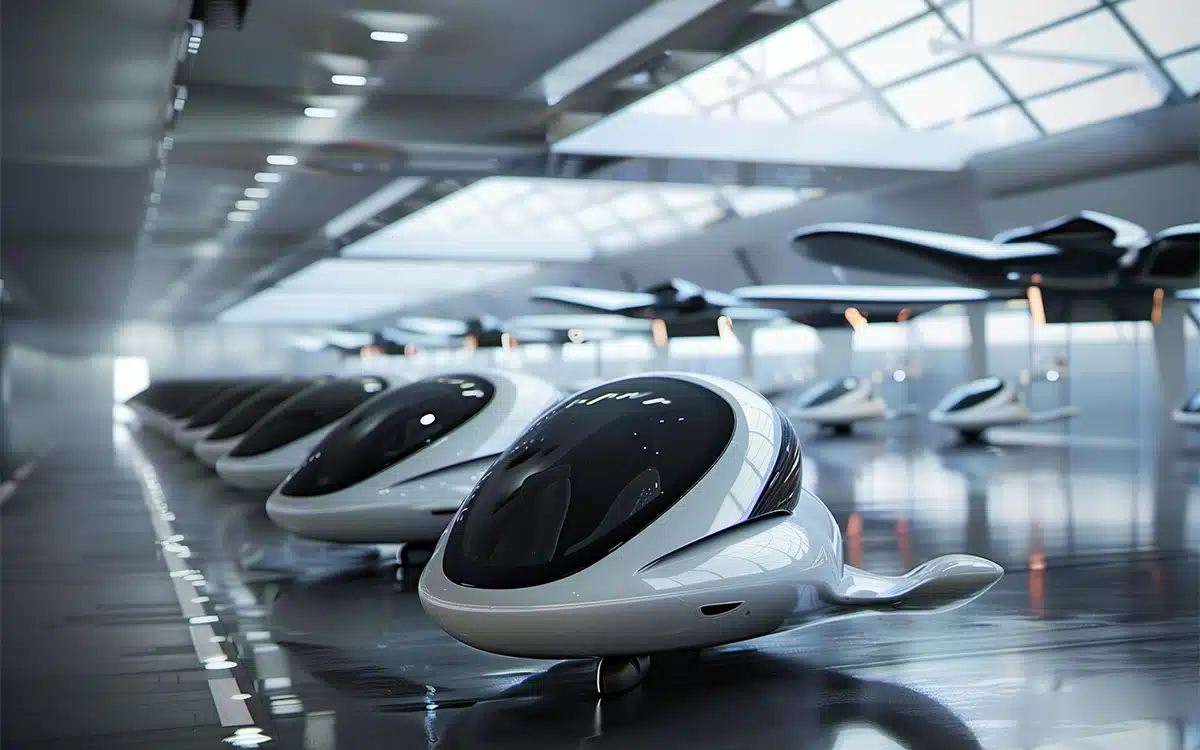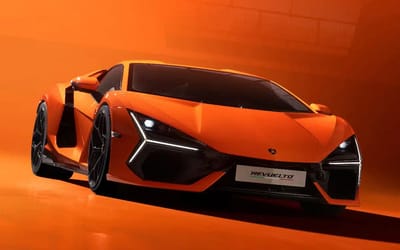What challenges and obstacles are delaying the take-off of the flying car?
- Flying cars could be the next big thing
- Many flying cars are in the works, but they have some significant problems to overcome
- We could see flying cars in the air by 2030
Published on Apr 29, 2024 at 5:25 PM (UTC+4)
by Siddharth Dudeja
Last updated on Apr 29, 2024 at 5:25 PM (UTC+4)
Edited by
Tom Wood
We all believed the alluring ‘We’ll have flying cars by 2020’ notion at one time, didn’t we?
Shifting from cars that pierce through the winds on roads to cars that take off and fly is a big step.
While we might have missed the 2020 deadline, flying cars are closer to being a reality than you might think.
READ MORE: Xpeng’s new multi-million dollar plan to make flying cars a reality for everyone
The technology behind flying cars and eVTOLs
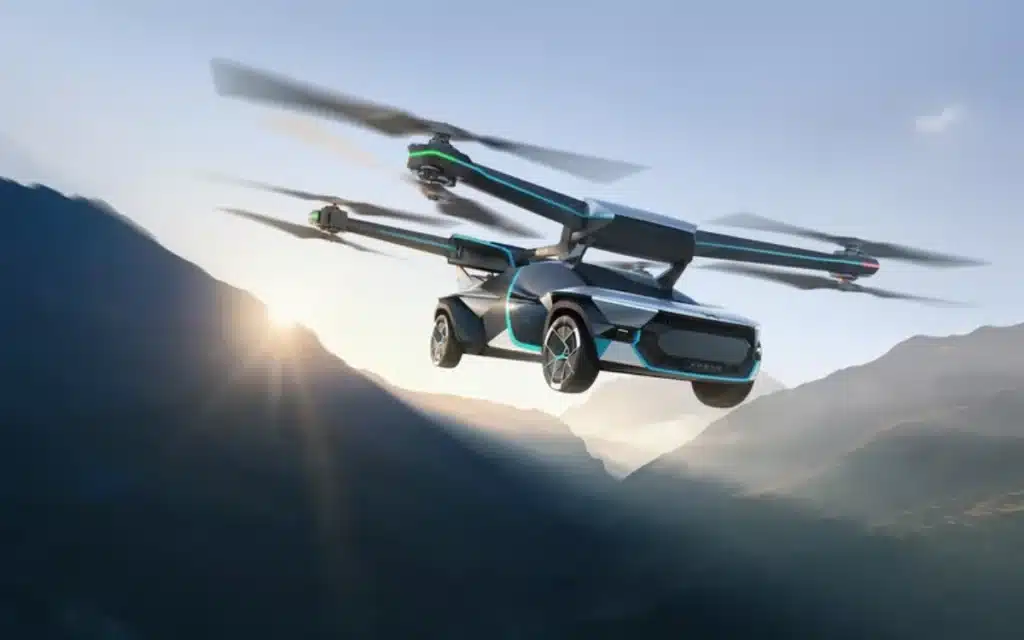
Whether you call it a flying car, an eVTOL, or an air taxi, these electric vertical take-off and landing (eVTOL) vehicles are the future.
We have seen rapid progression in flying cars as major companies are working on creating these VTOLs to create flying cars, drones, and air taxis.
For instance, XPeng has been busy testing various aircar models and showcasing their capabilities.
And that’s not it — prominent automakers have joined the race to take the next step toward automobile aviation, too.
Companies like Volkswagen are creating prototypes of electric flying vehicles.
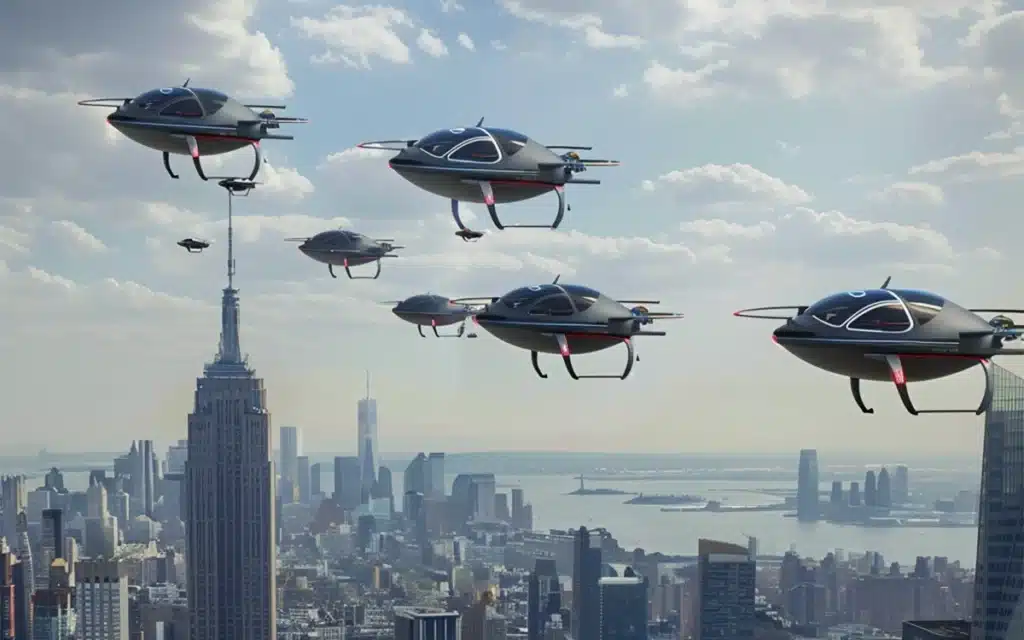
However, companies working on such vehicles have one significant issue — they can only do so much with the technology available today.
Developing something new from scratch requires a lot of planning, and creating something that doesn’t exist is a hefty task.
So, what’s the solution?
A great deal of R&D — which requires notorious amounts of funding.
To advance the technology further, manufacturers need to conduct extensive research to successfully achieve their end goal.
Now, we’re not that limited by technology that it makes creating flying cars an impossible task, but we’re still not there.
The regulations around flying cars
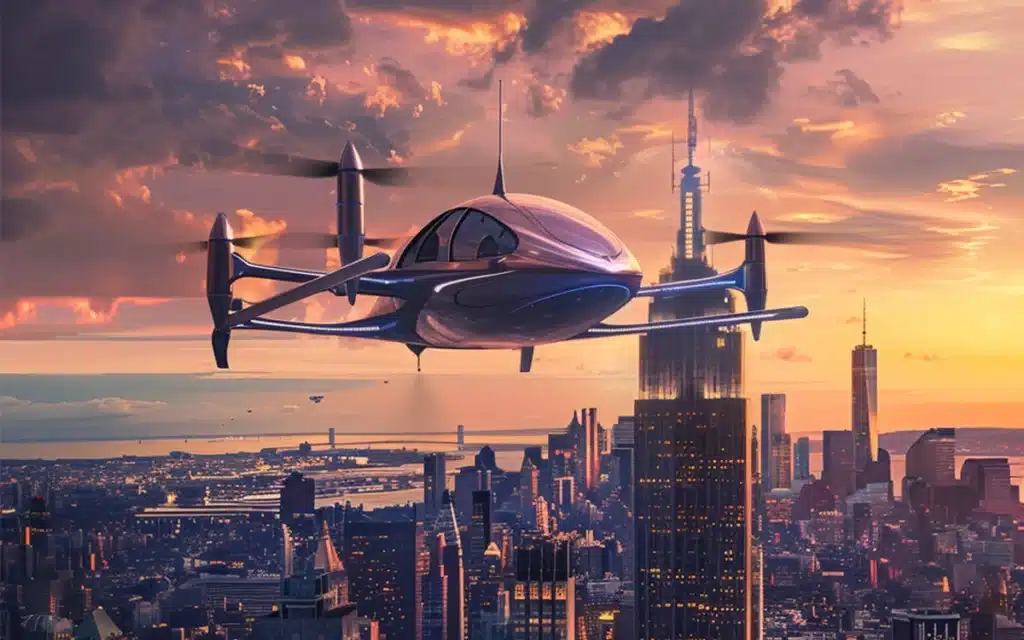
Of course, we don’t have any regulations for something that doesn’t exist yet.
But it certainly might become a problem when flying cars hit the skies in a few years.
According to a Federal Aviation Administration (FAA) report, aircars will initially use existing regulatory rules as a platform in the US.
This will help to develop further guidelines regarding these types of vehicles.
Of course, it’s a gray area because these guidelines don’t account for many things.
For instance, what about the limit of flying cars in a city ‘air highway’ at a time, or security and operation costs?
Or the necessary certification that checks all boxes before flying cars are approved for production?
For us to have a clear picture of how everyone will have access to these cars in the air, there needs to be a mutual understanding in all countries.
The problem on the ground

While major cities are racing to make flying cars a reality, the biggest problem lies on the ground.
Sure, eVTOLs can take off from anywhere — but where will they land?
We have taxi stands for regular cabs, and Uber to call one if you’re in a hurry.
But calling an air taxi to your office doesn’t seem like the best idea, does it?
Like airports for regular flights, we will need extensive infrastructure to accommodate all flying cars, including air taxis and drones.

Also dubbed as vertiports, these will provide a hub for all flying cars in a set vicinity for efficient travel.
Moreover, control rooms and integration into existing air-traffic control systems are other huge obstacles.
The sky might seem limitless, but only so many flying vehicles can remain in the sky at a time.
For instance, on busy routes, such as New York to Los Angeles, there are many flights every day.
The fixed route can only accommodate a certain amount of airplanes during the day.
And if flying cars were to enter that stream, we would need alternative aerial pathways to accommodate them.
A lot of these problems are for government agencies to overcome, but some depend on the companies making these cars.
It will undoubtedly be interesting to see what the future holds for flying cars.
DISCOVER SBX CARS: The global premium car auction platform powered by Supercar Blondie
